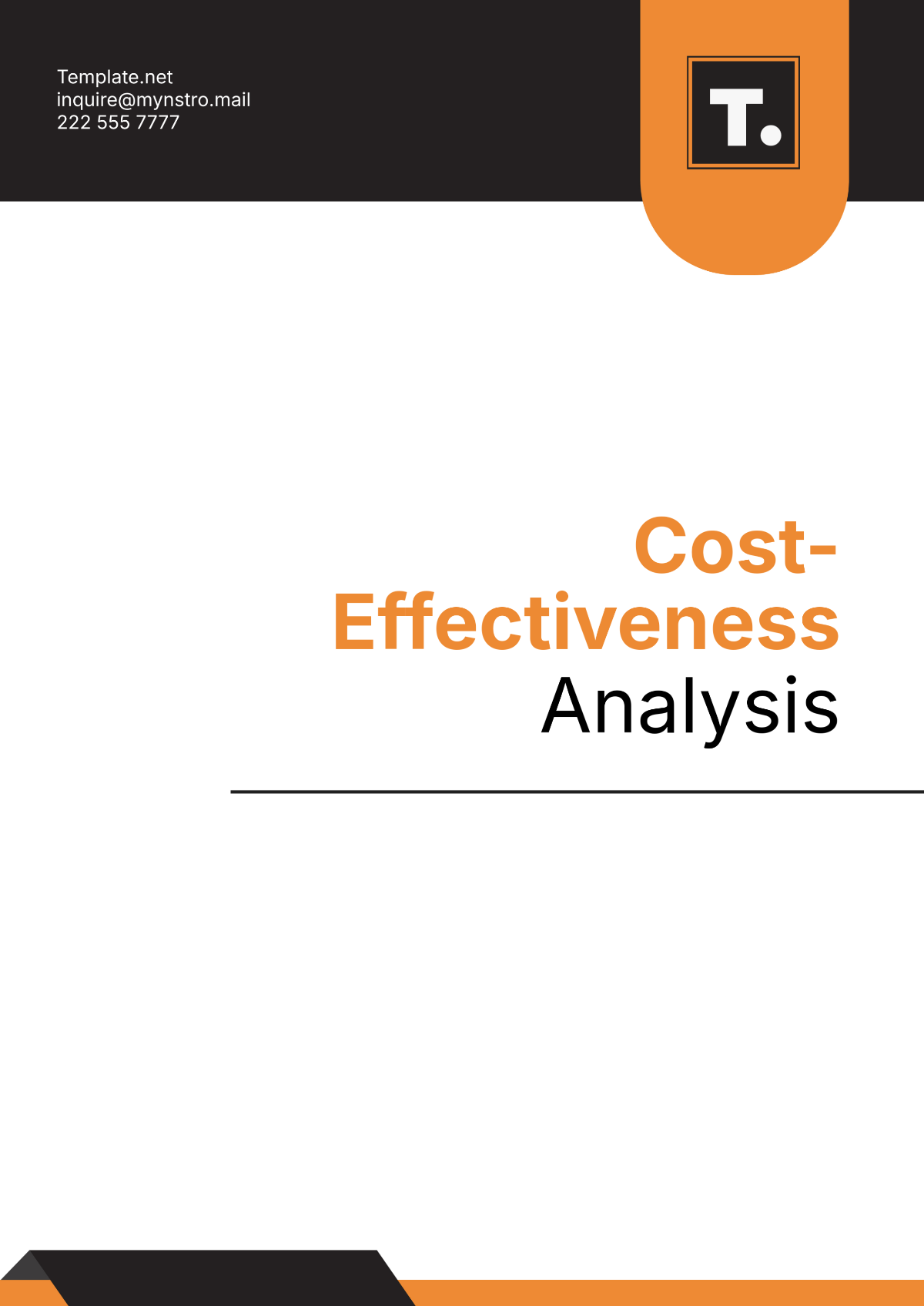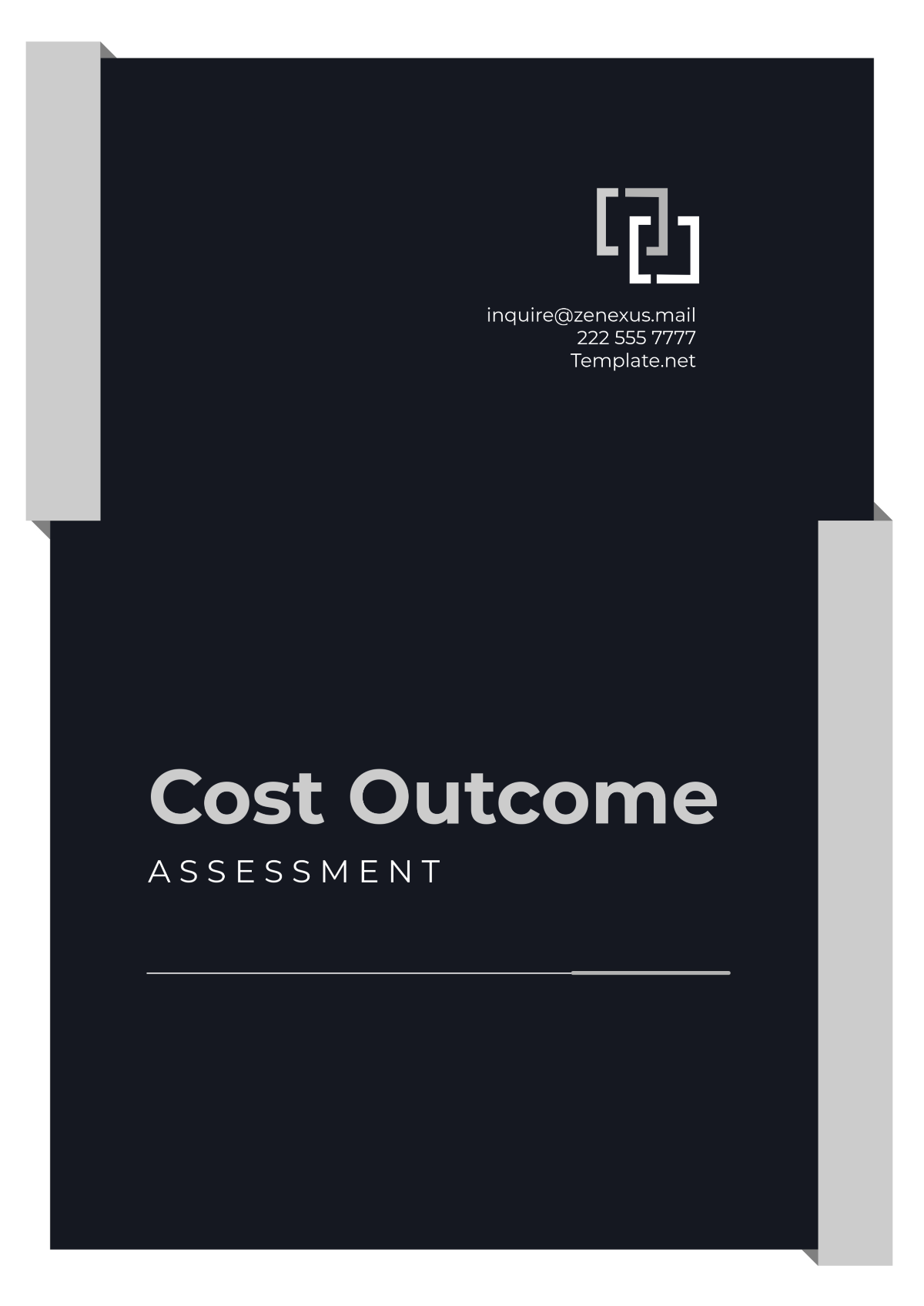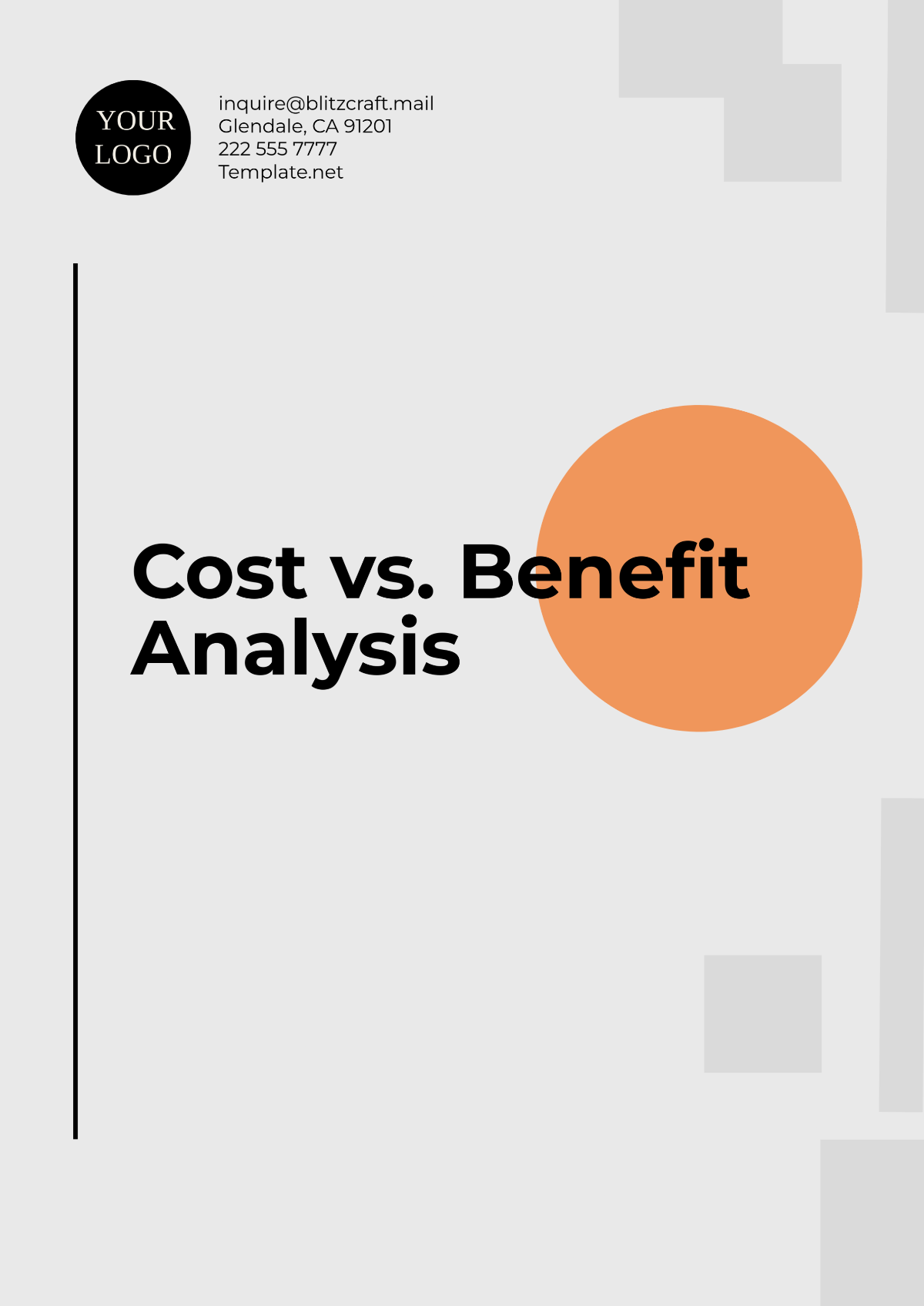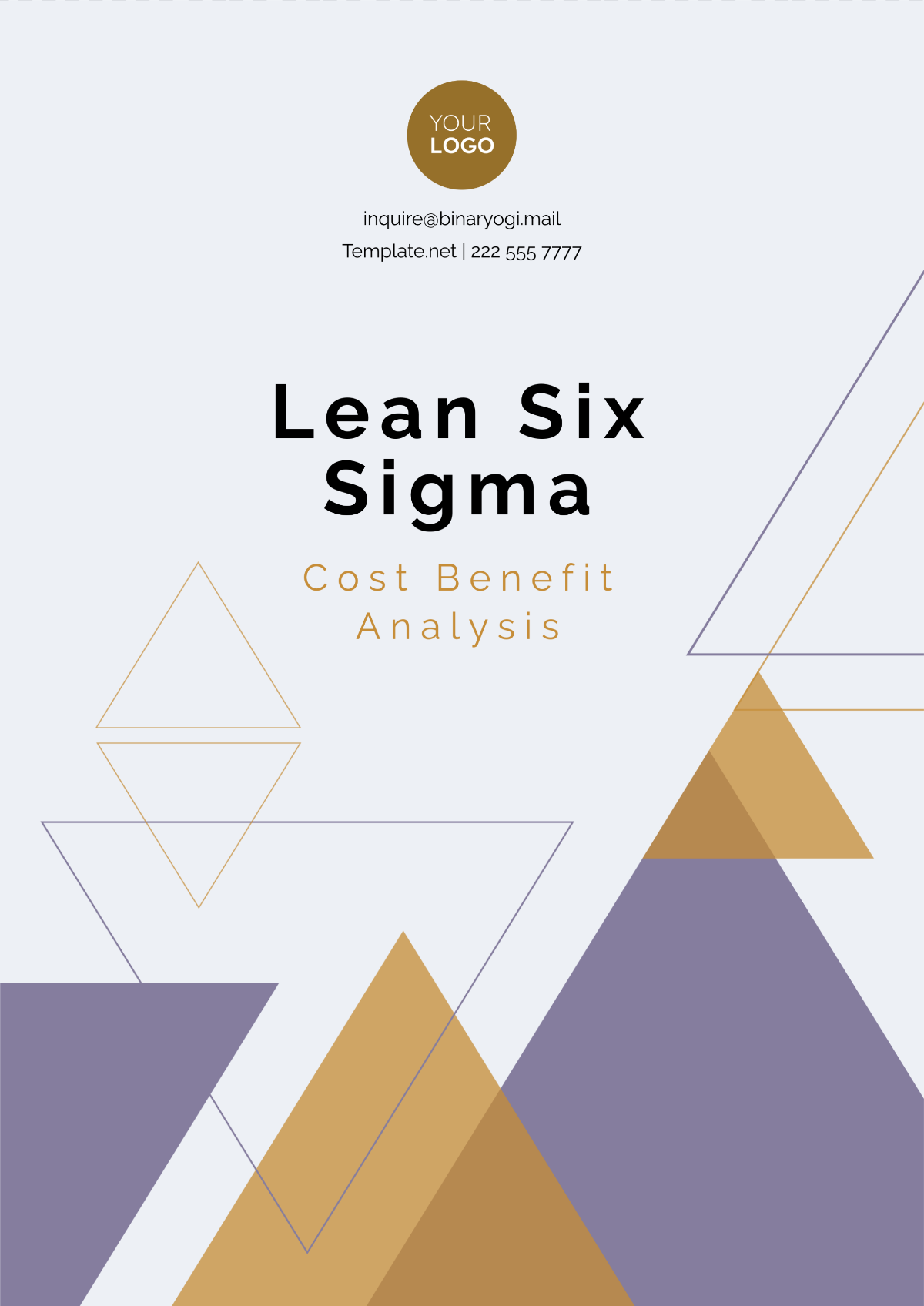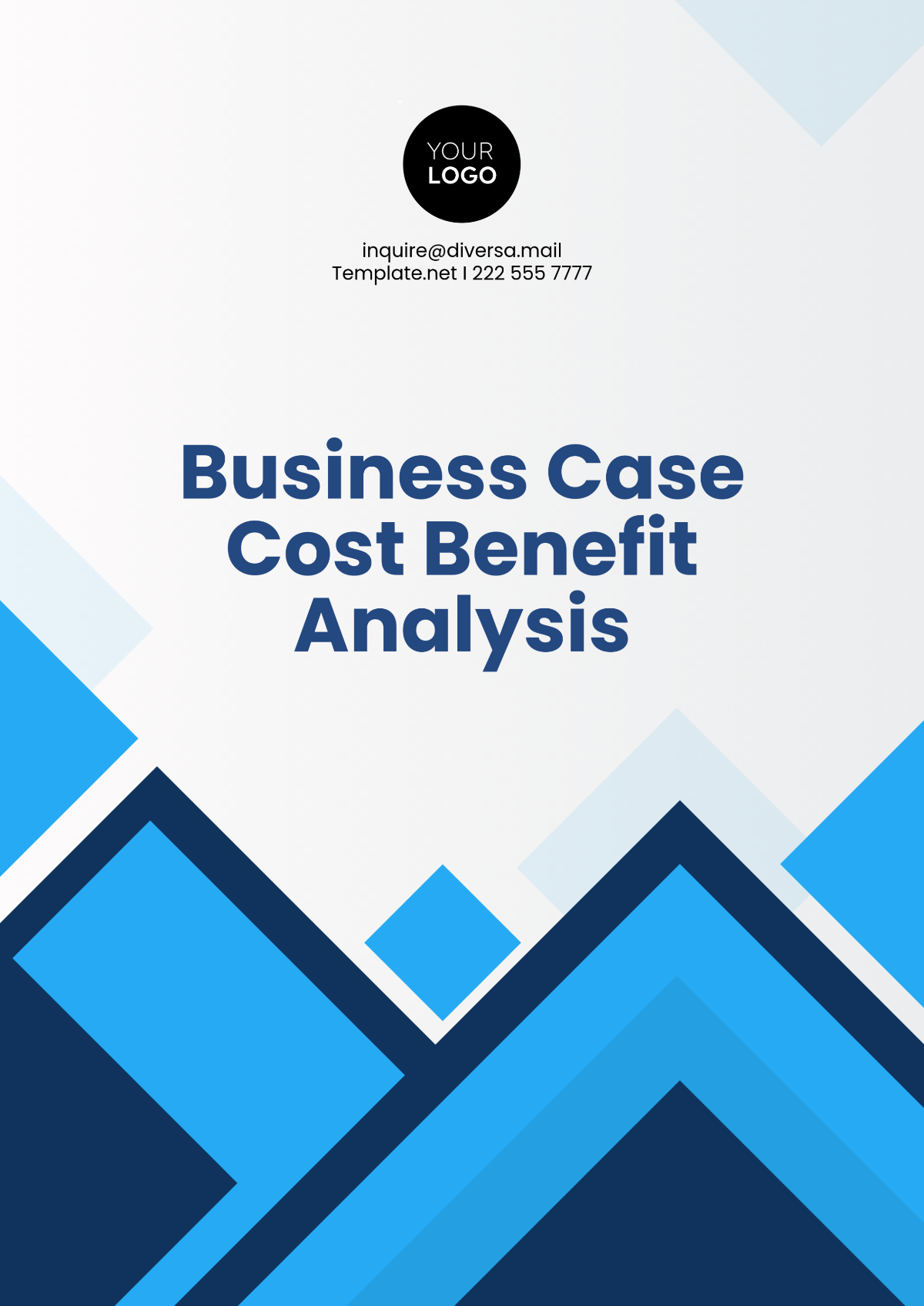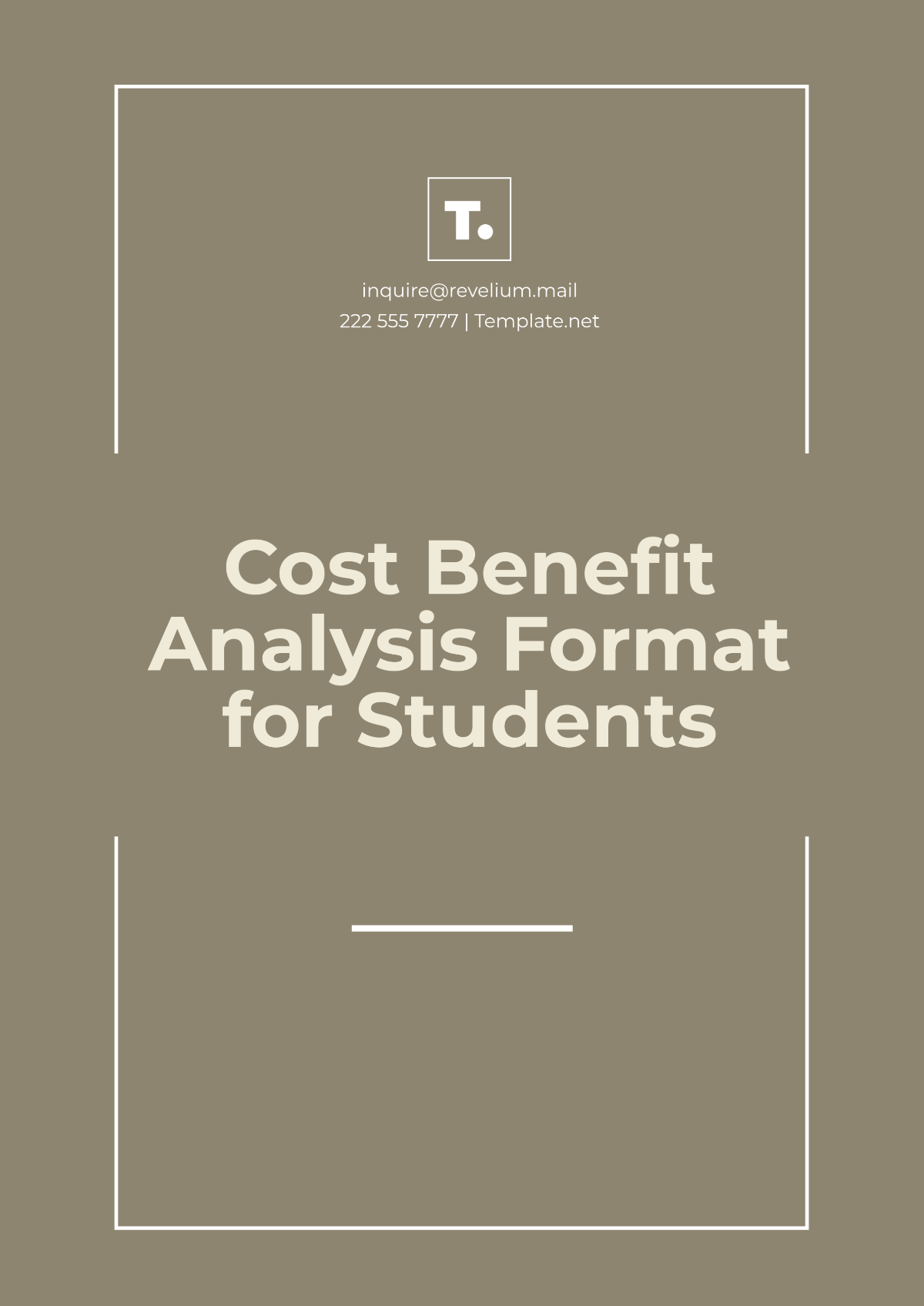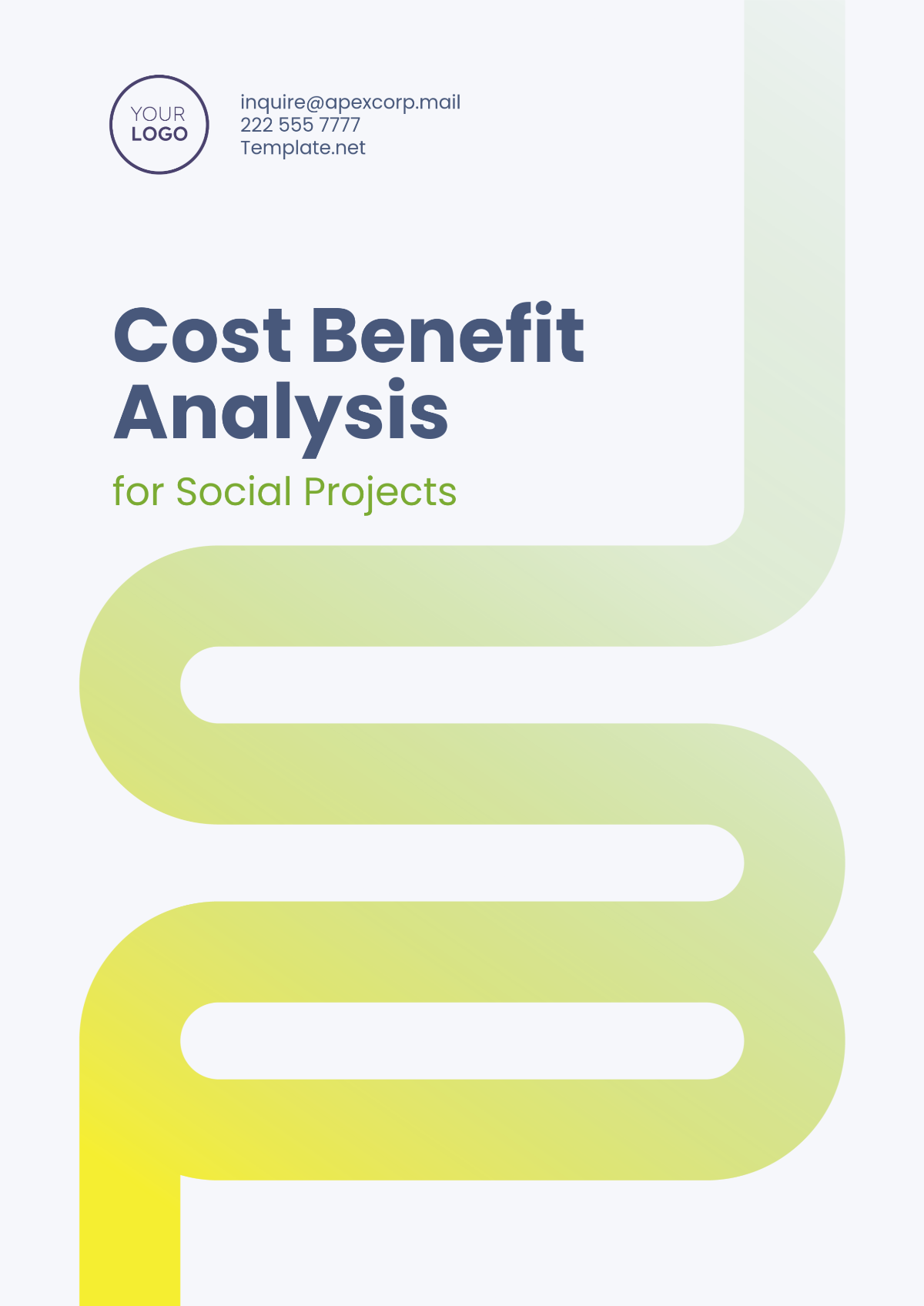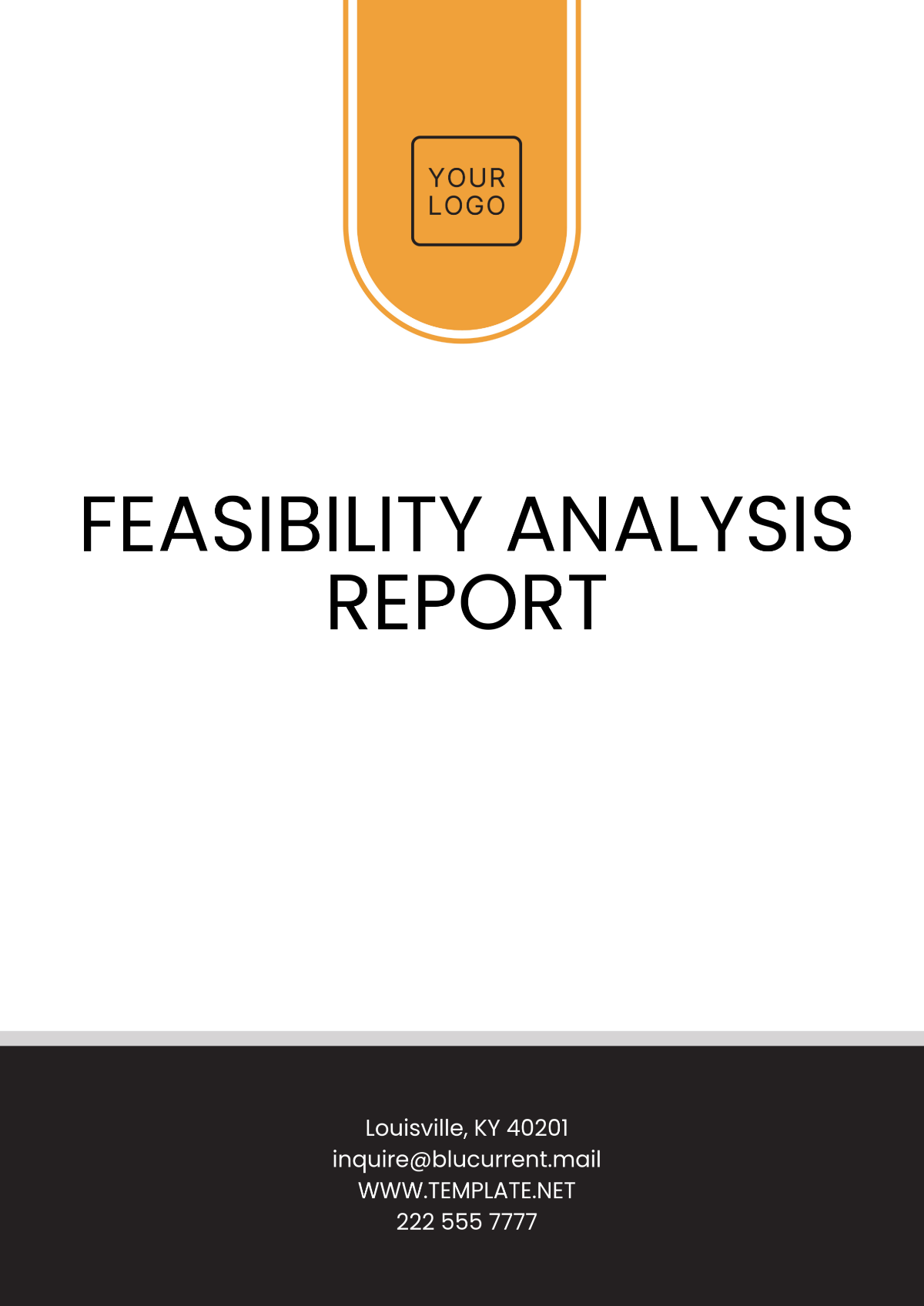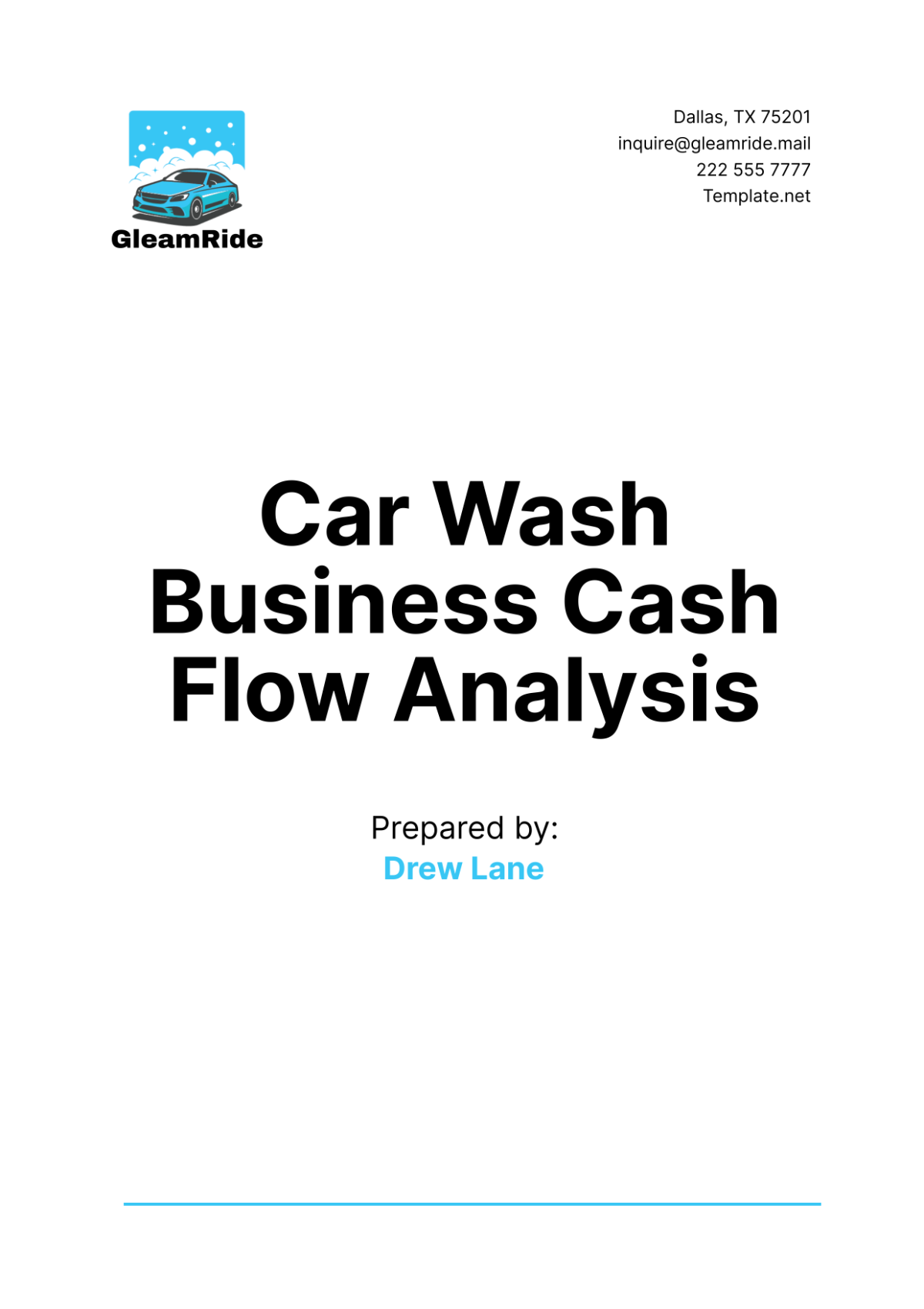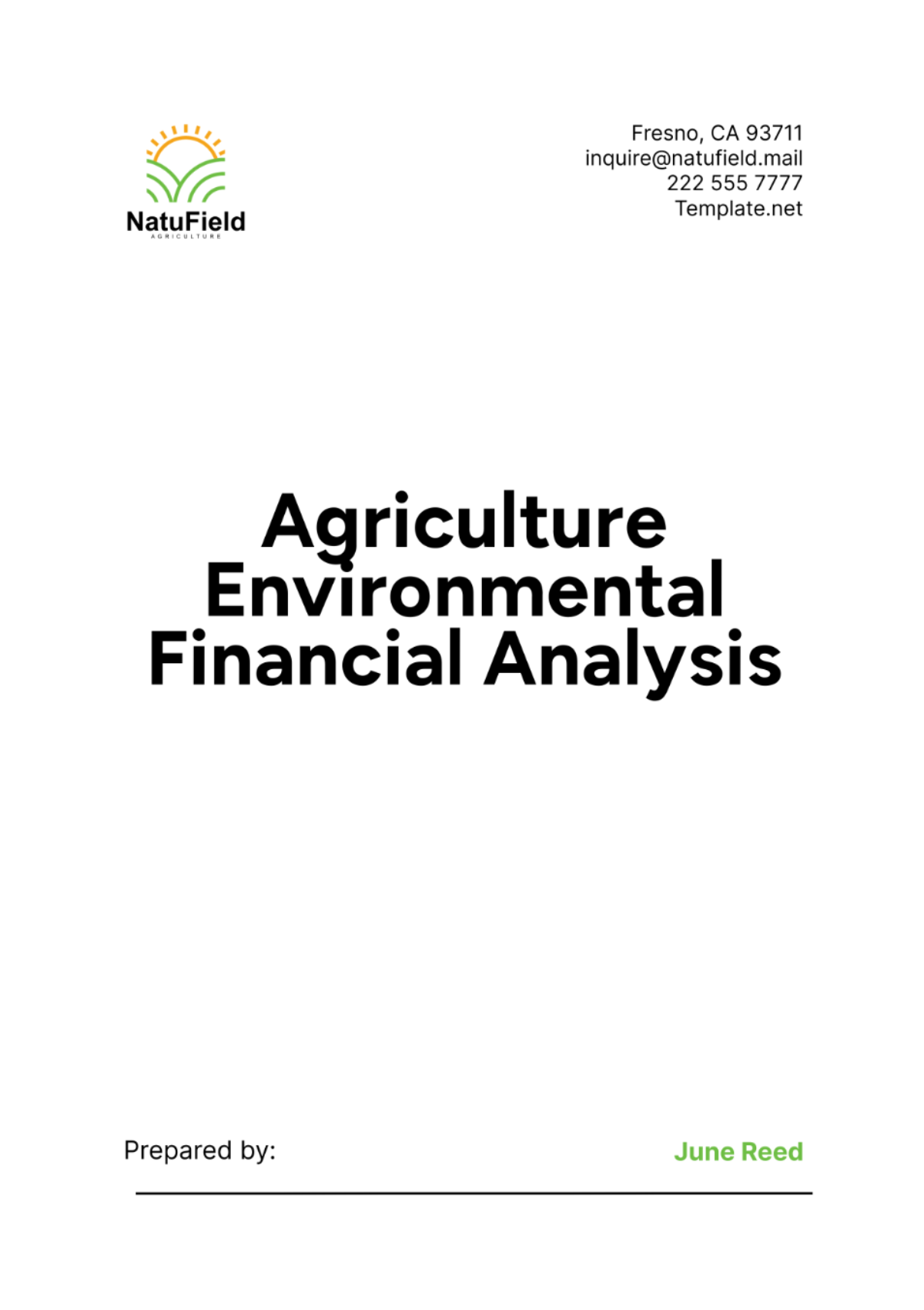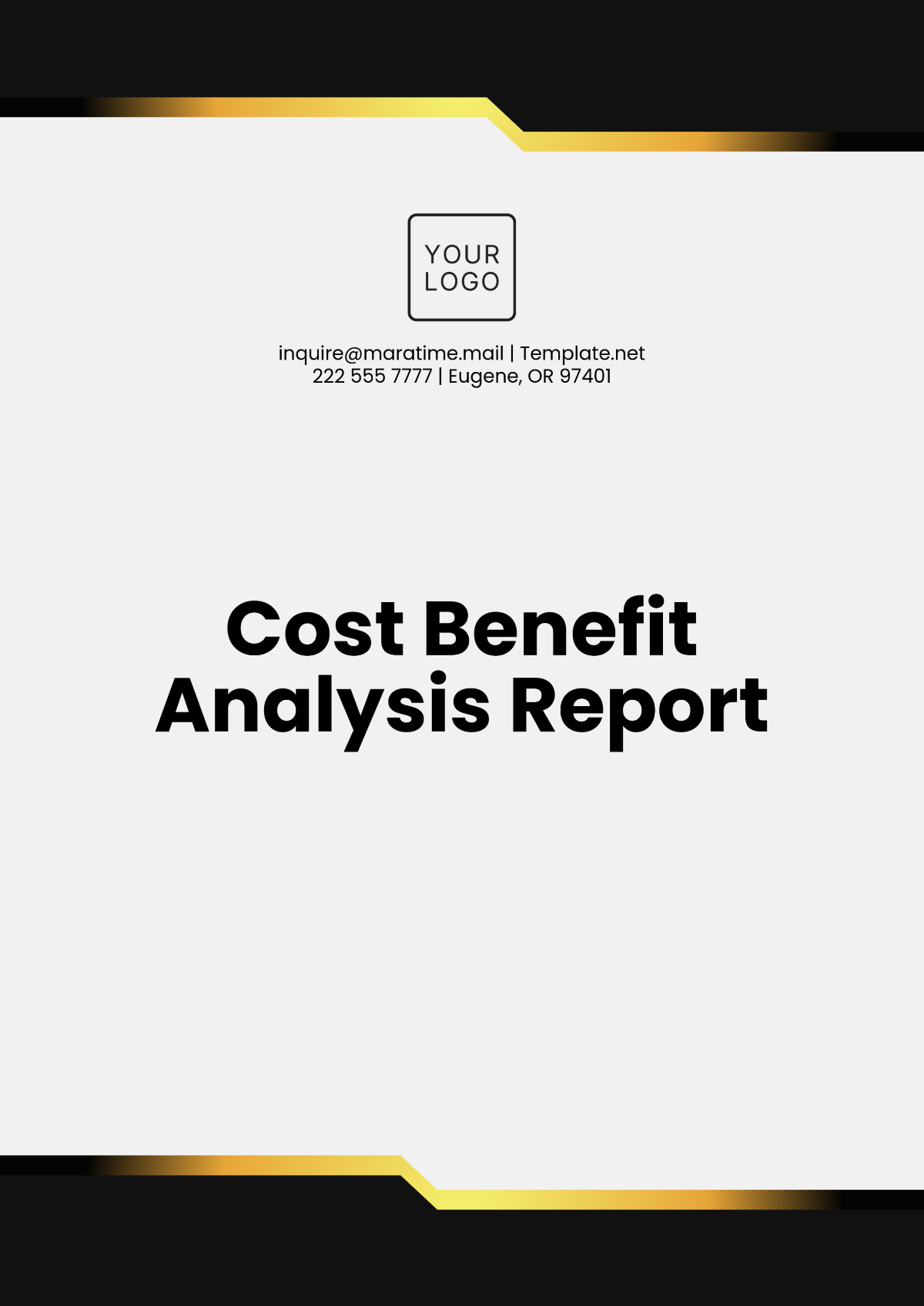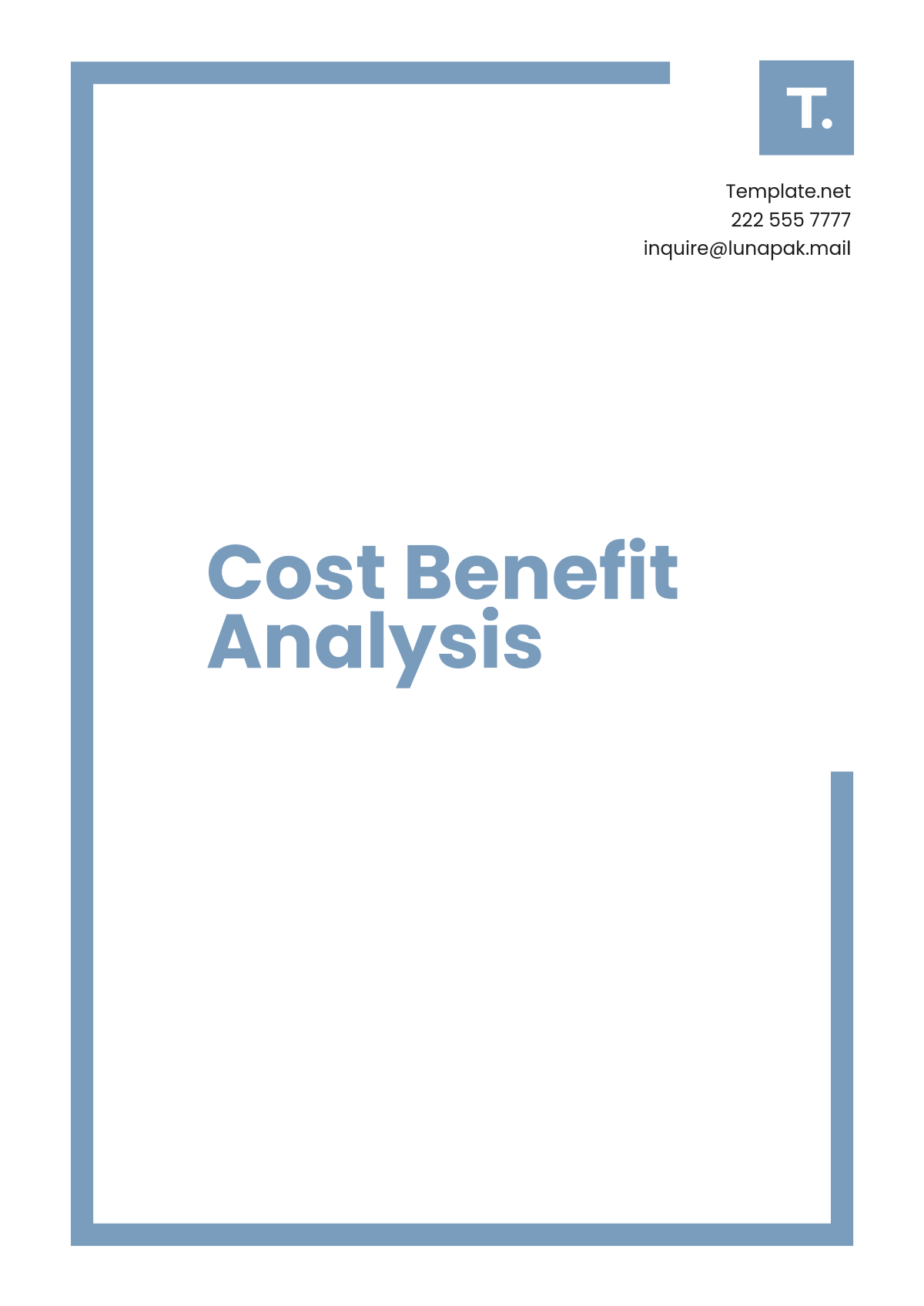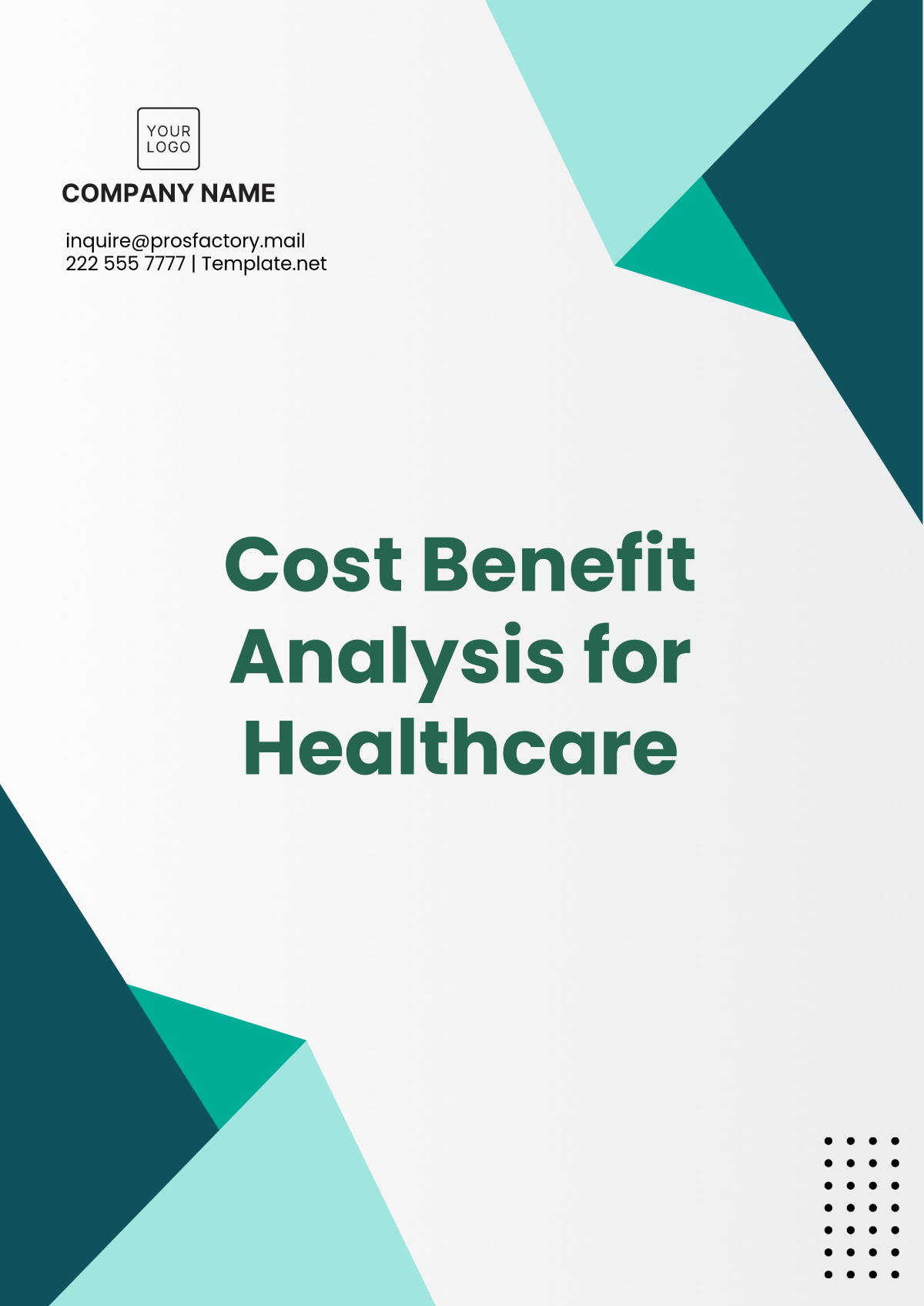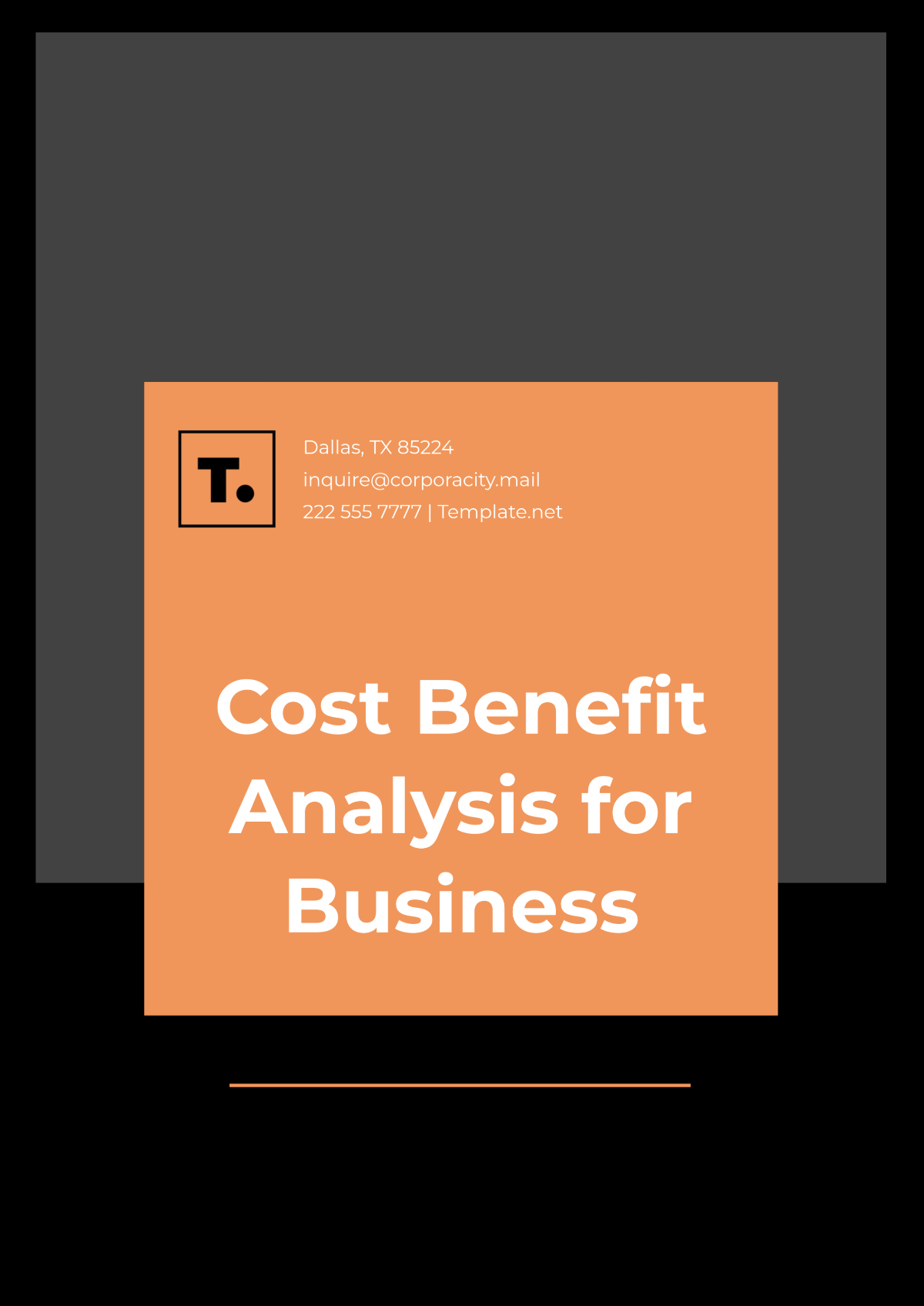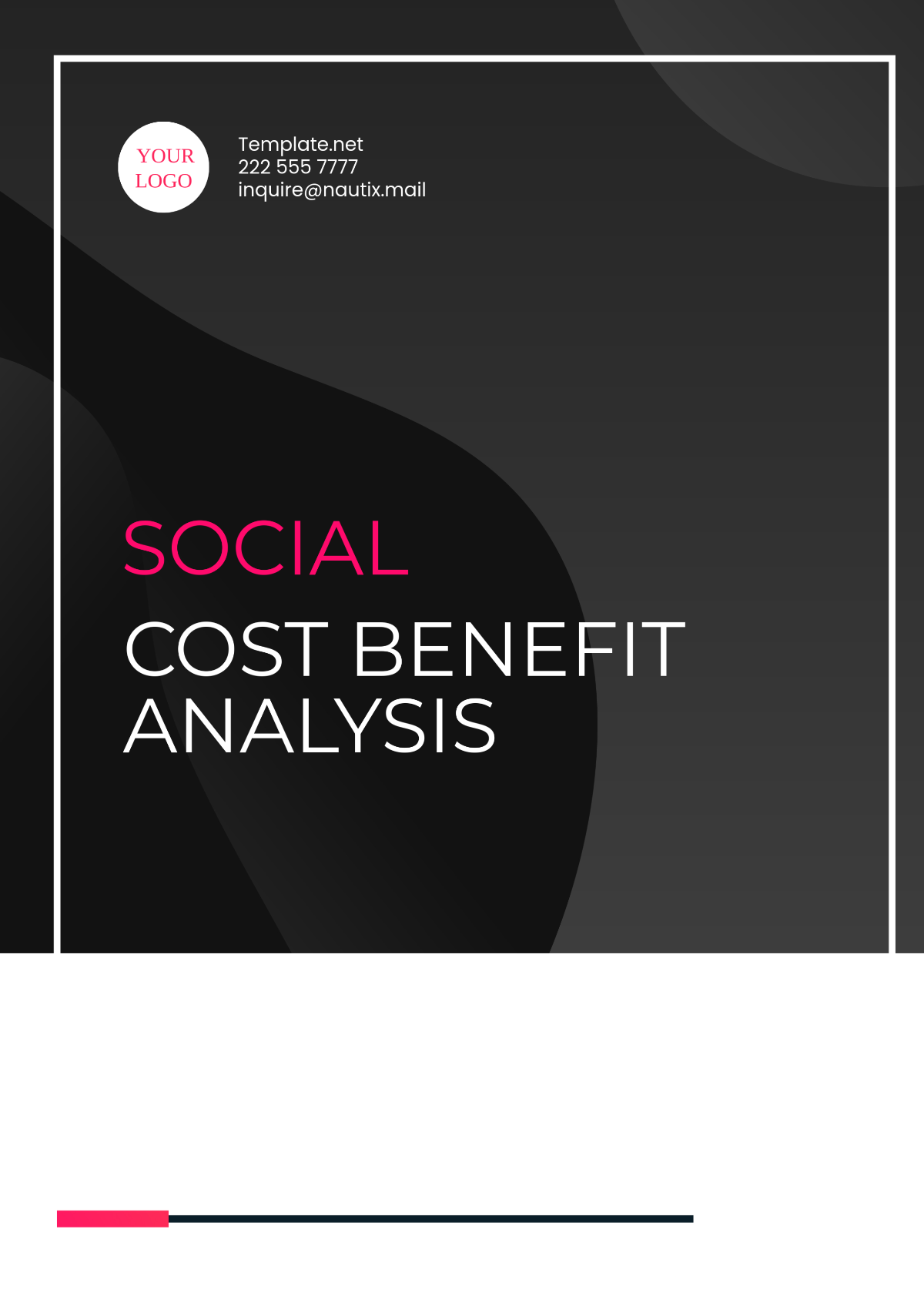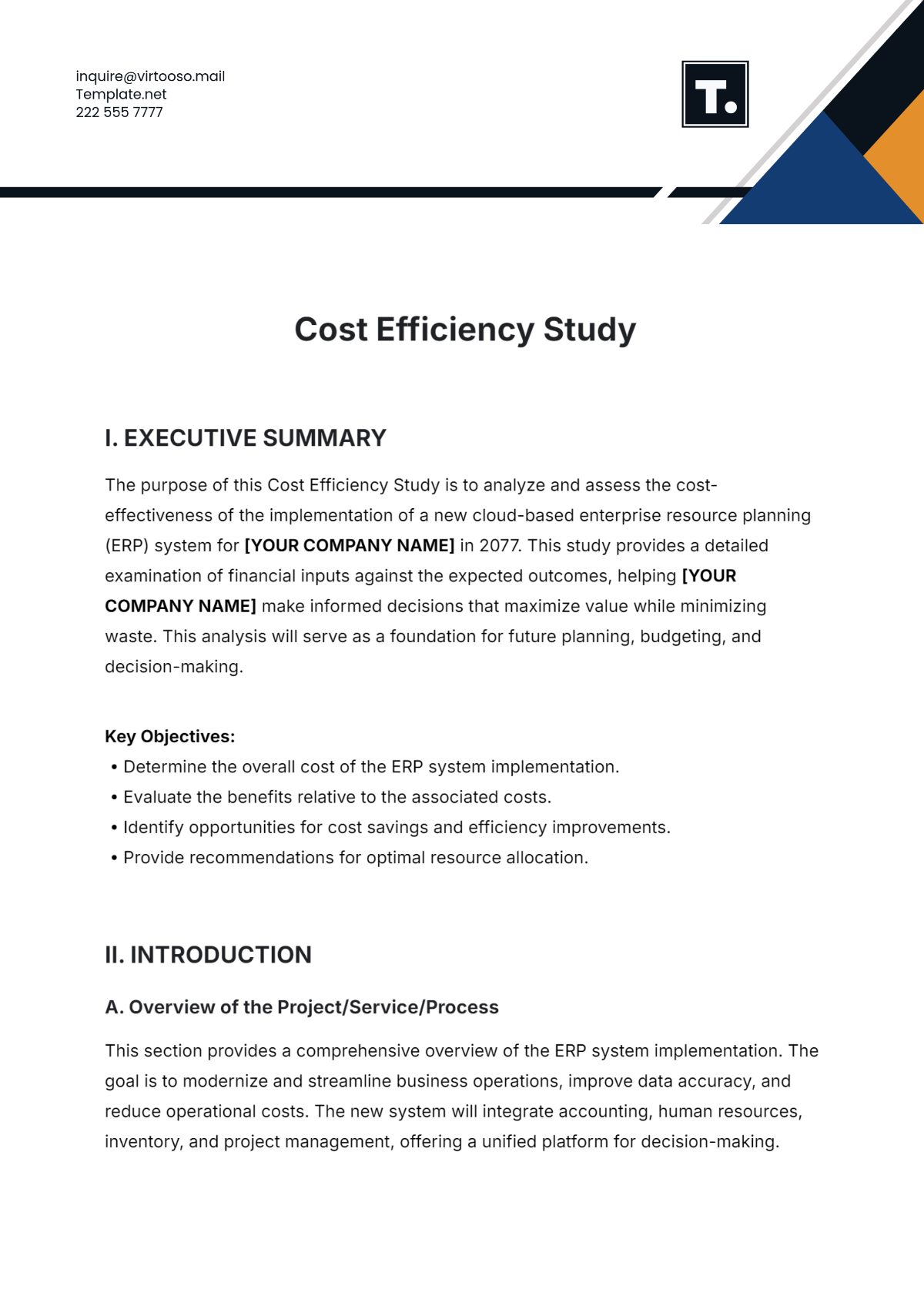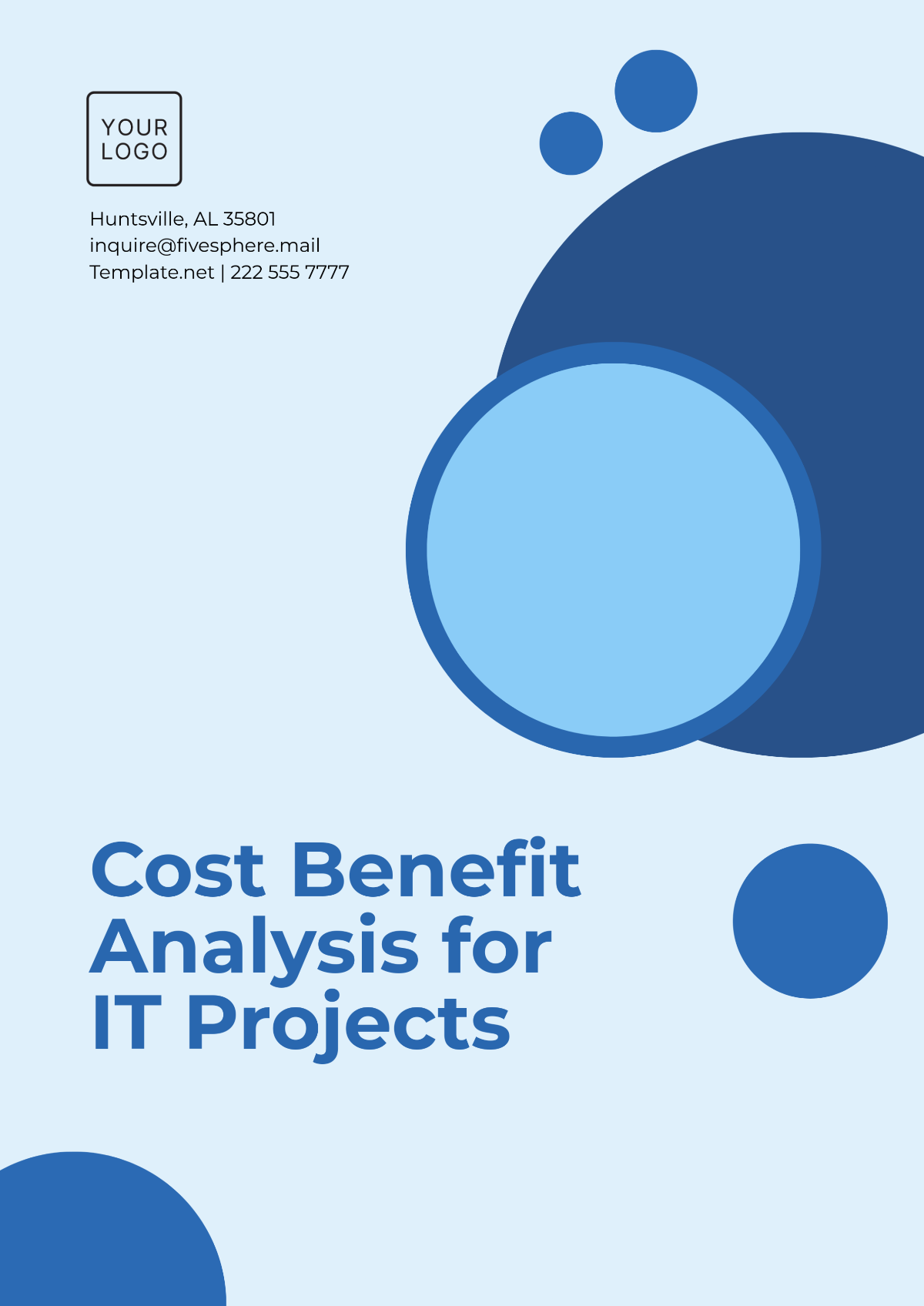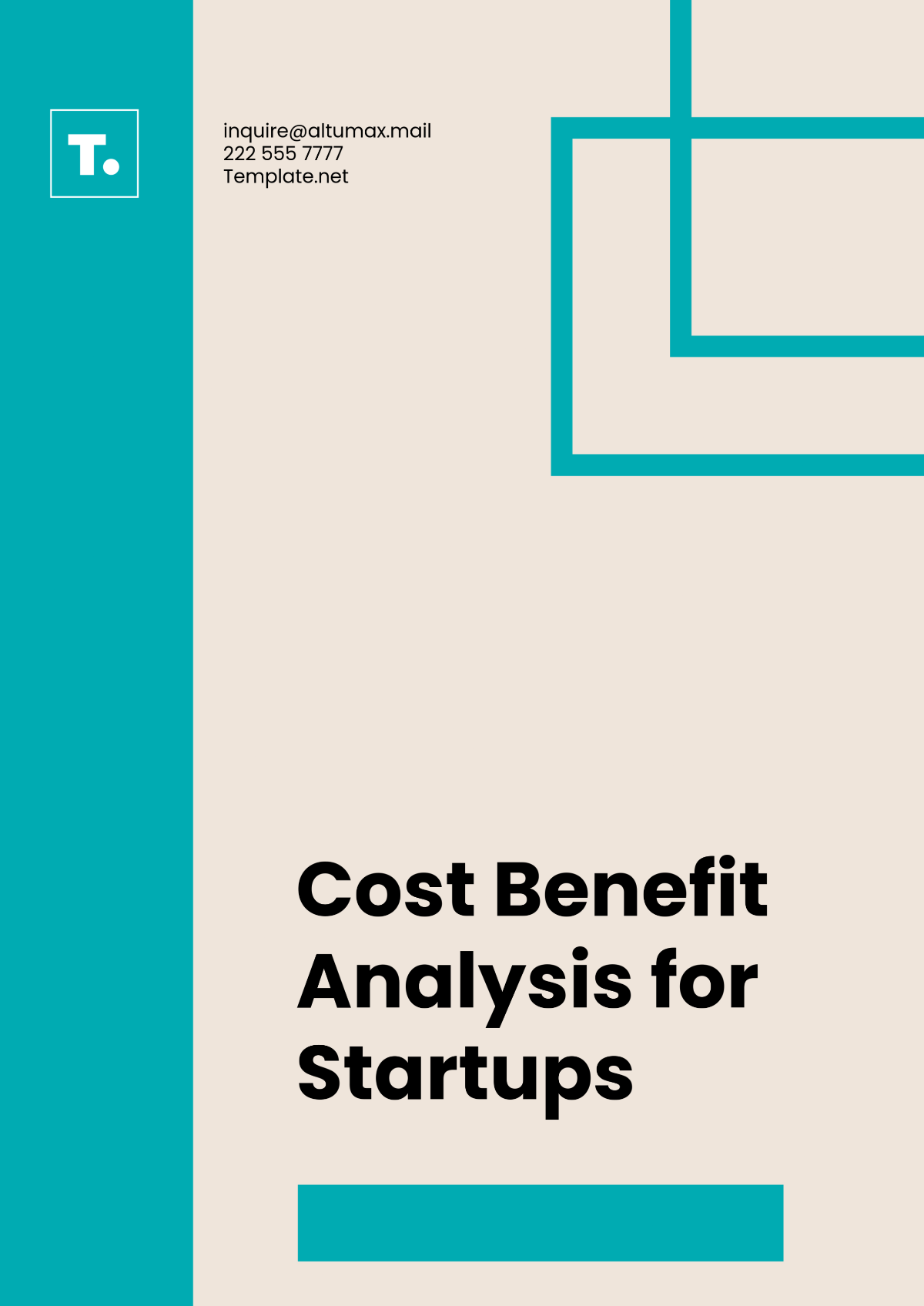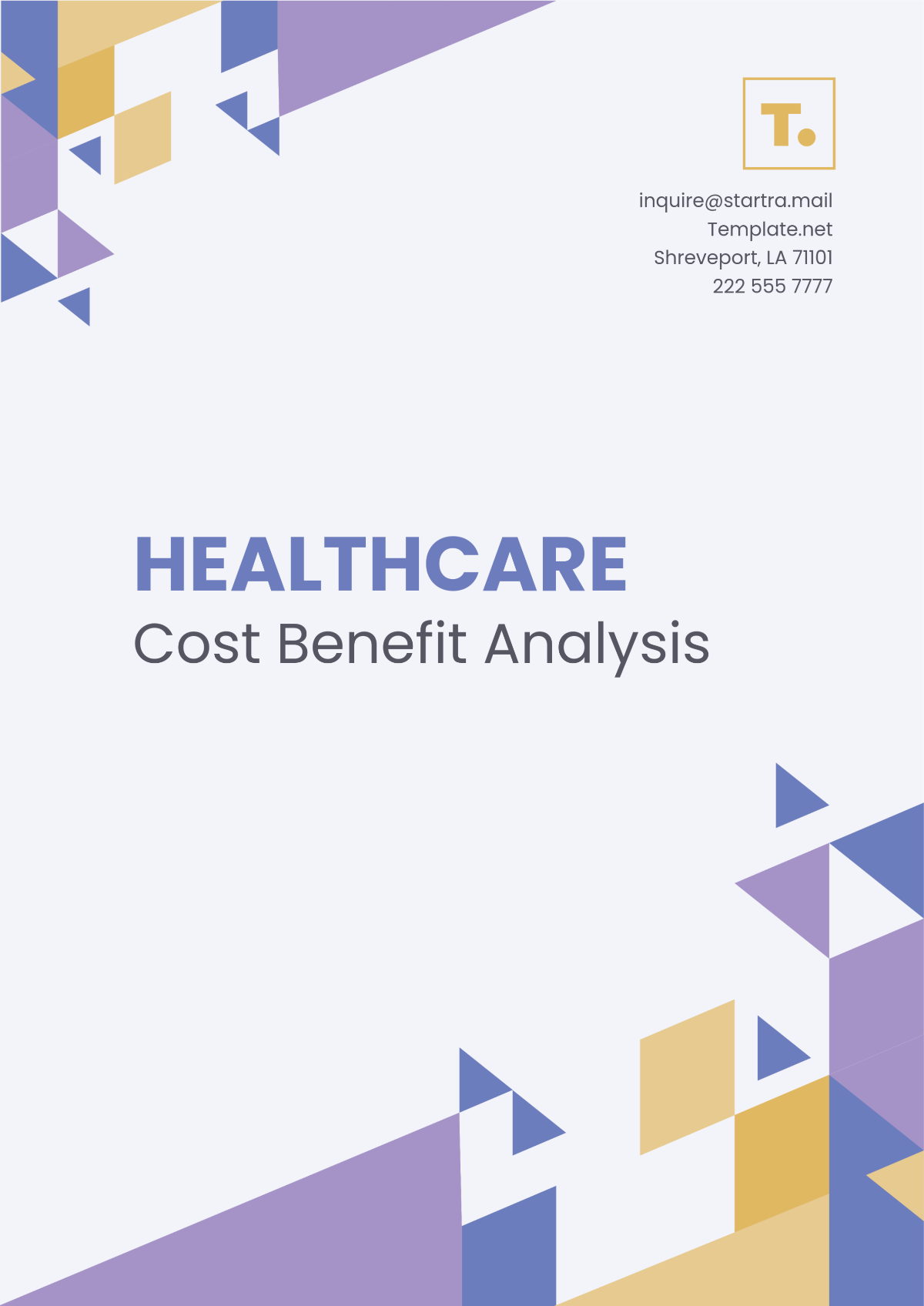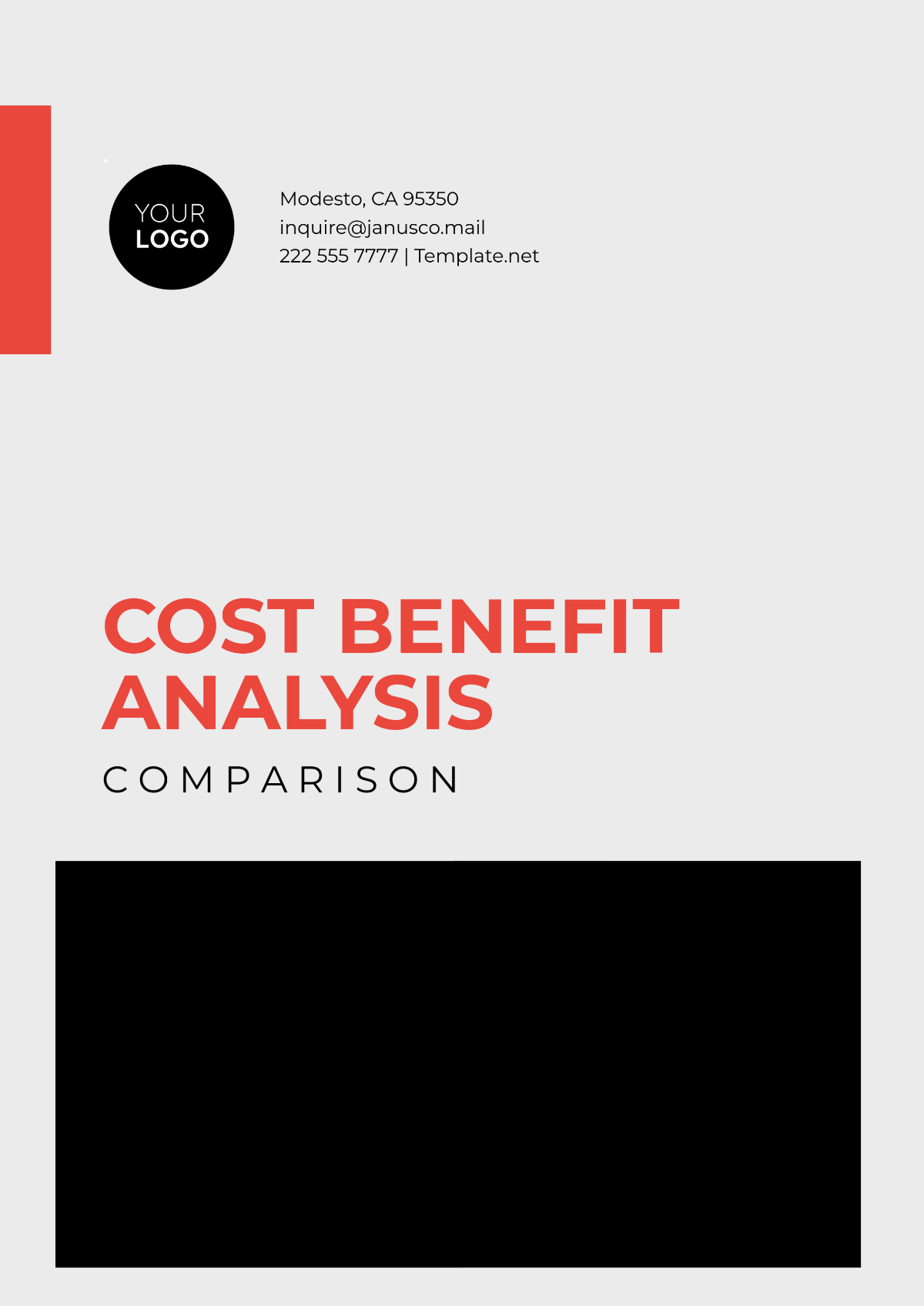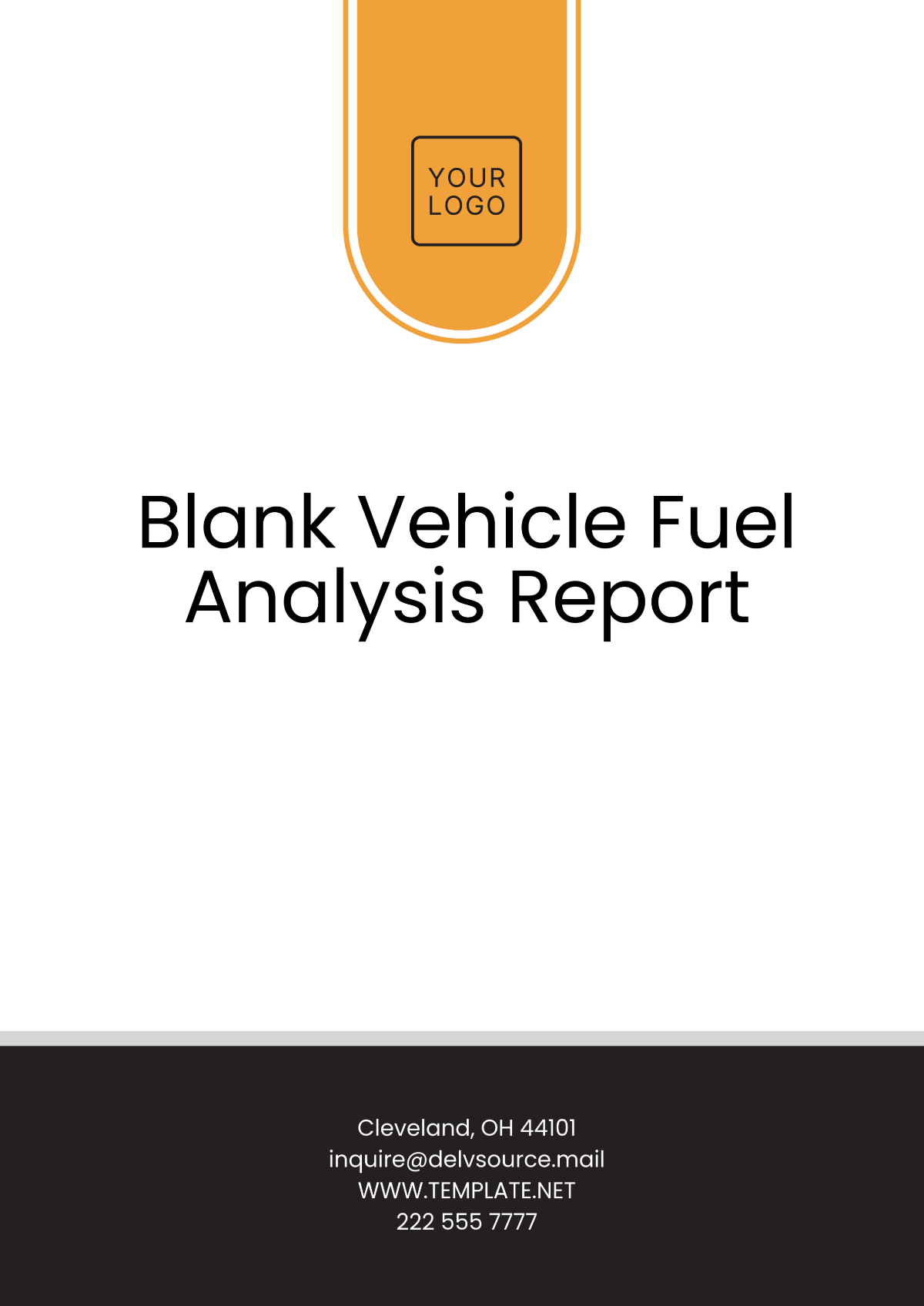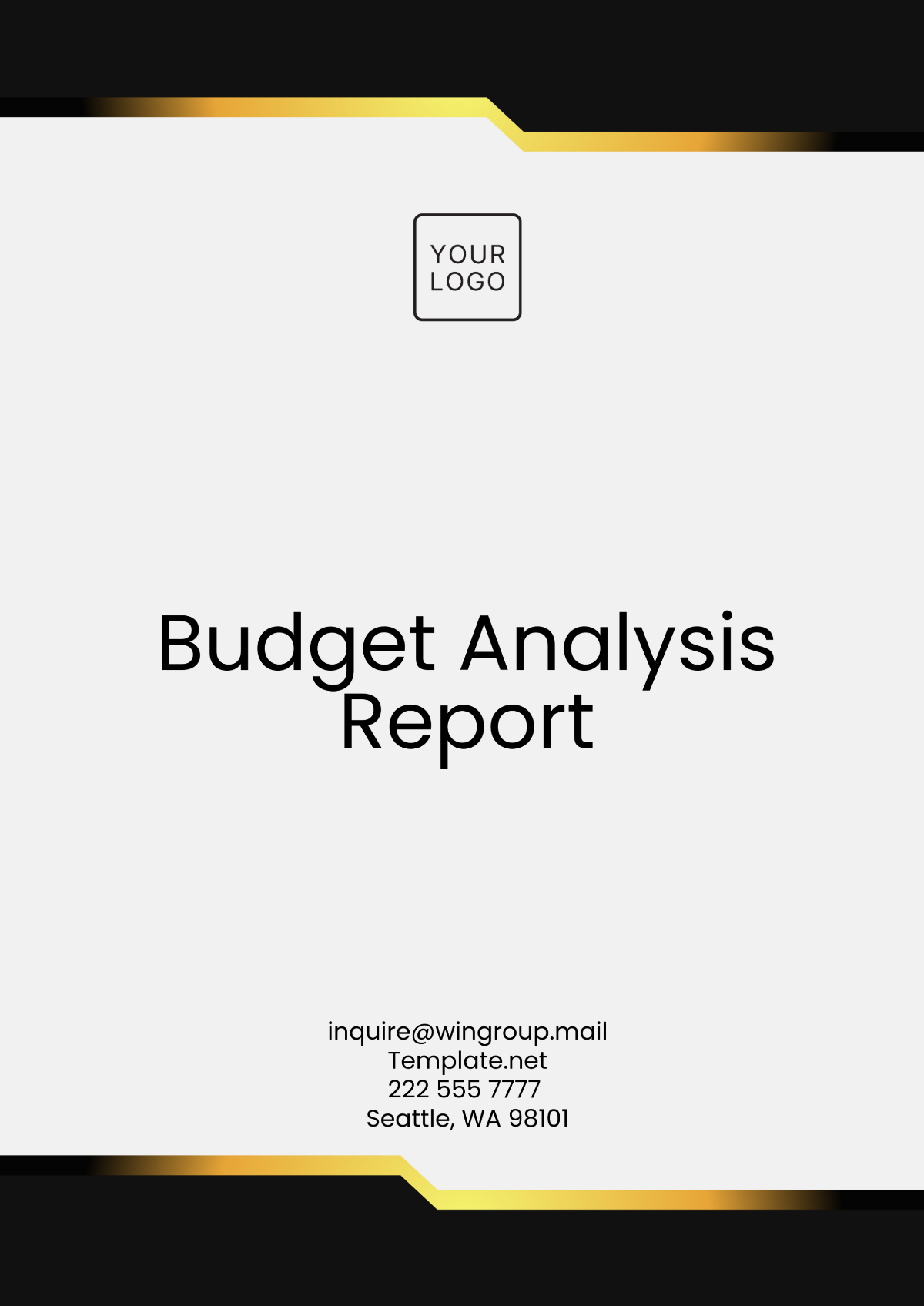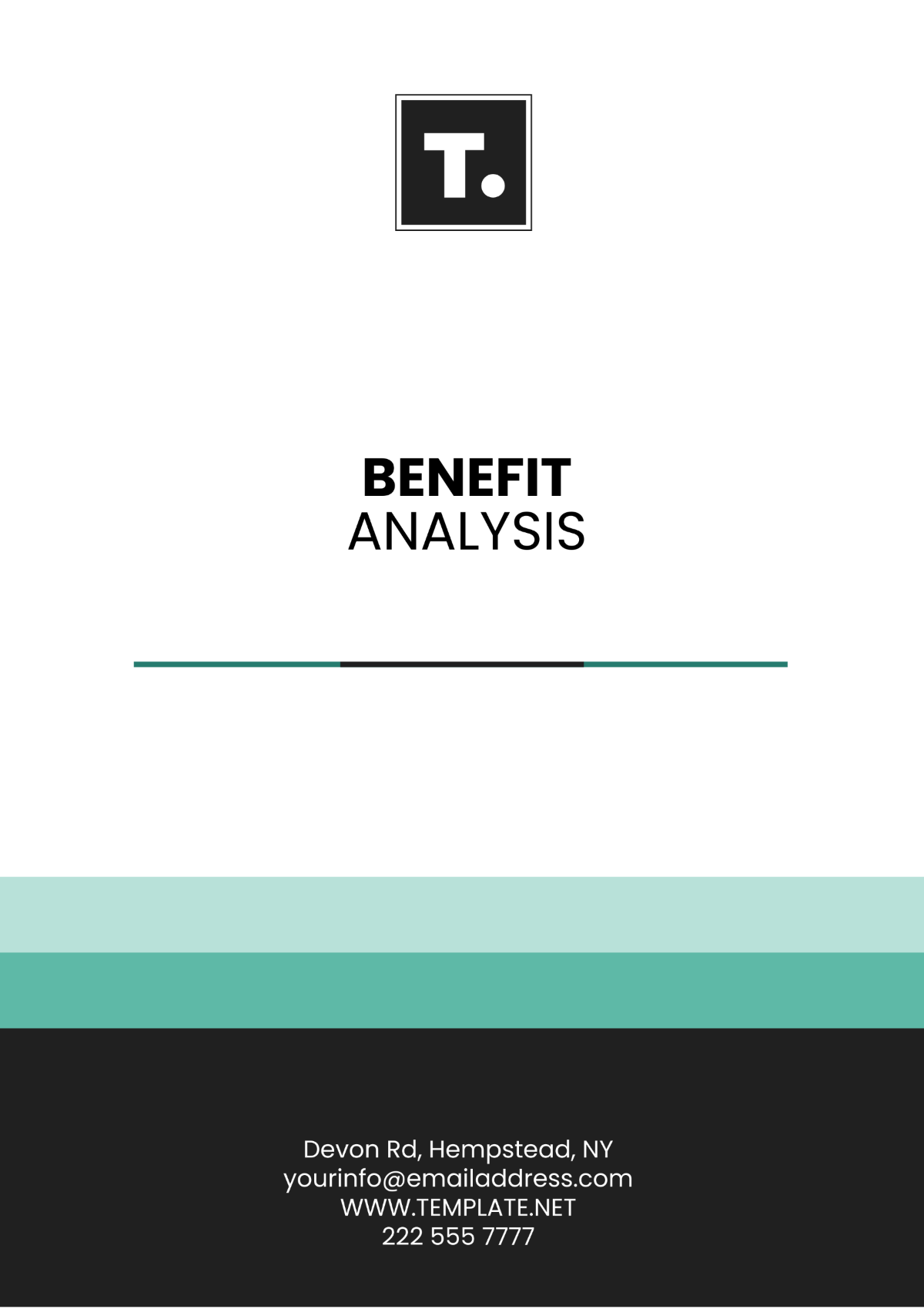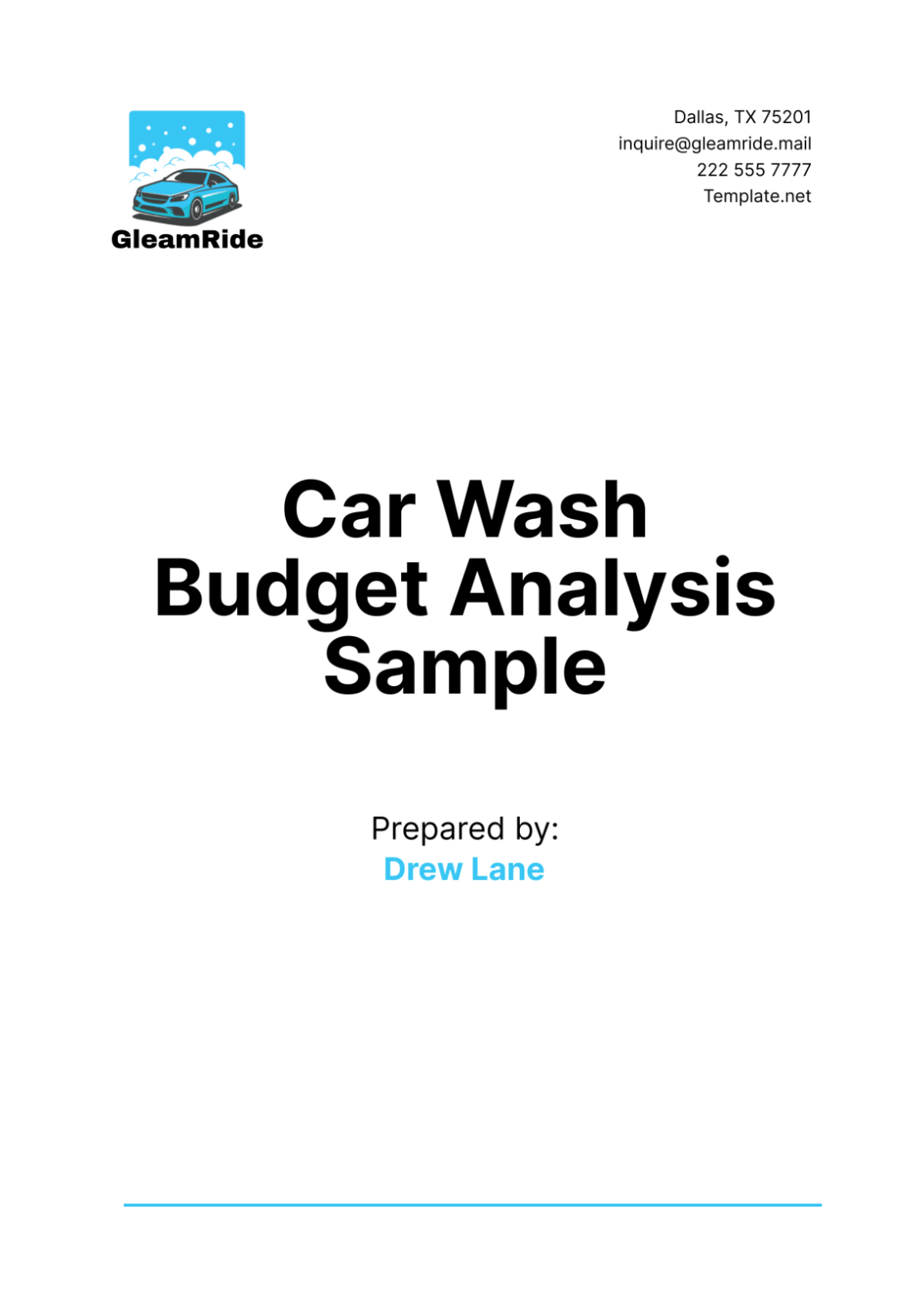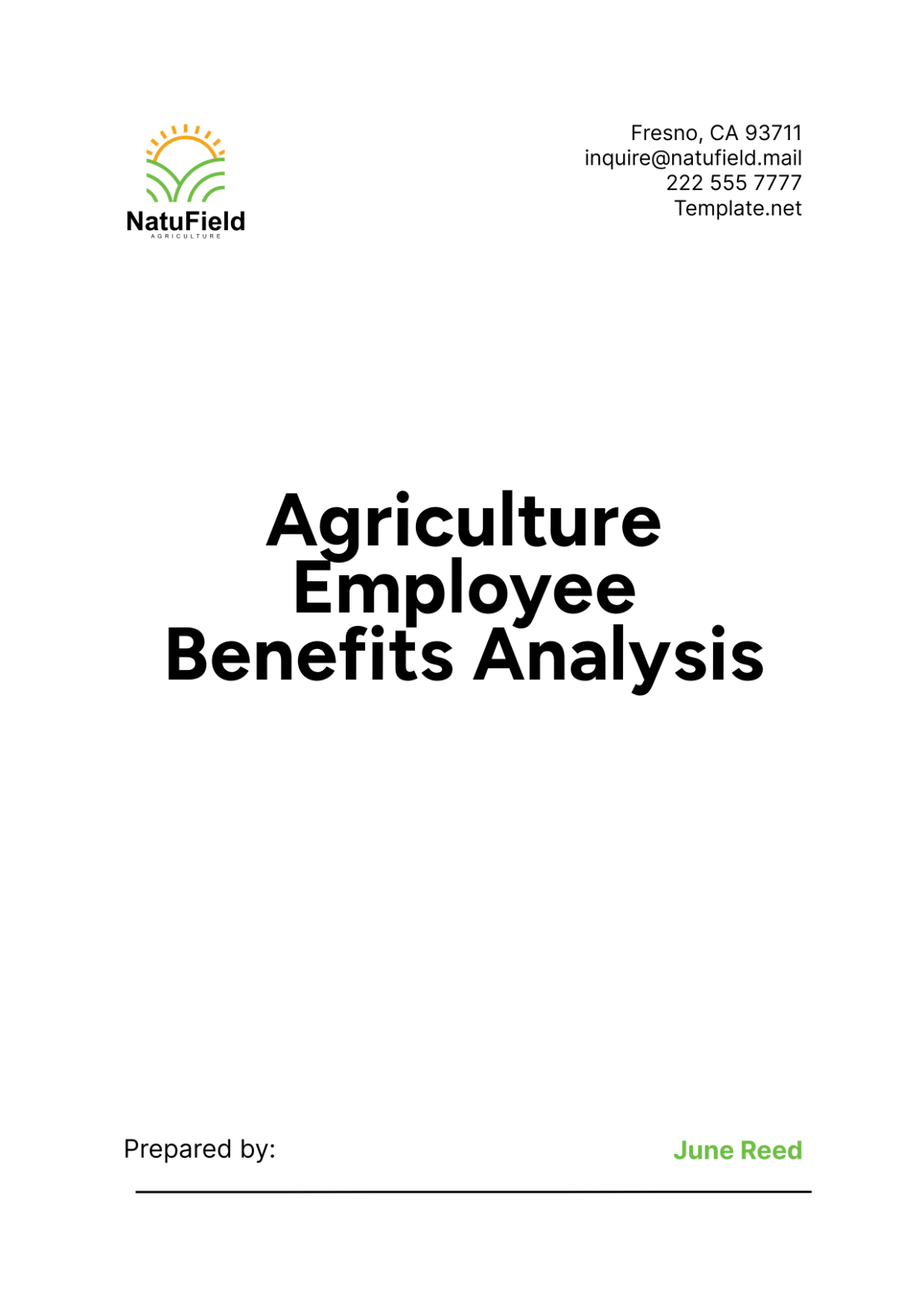Detailed Analysis Of Taxable And Non-taxable Benefits
Section 1: Introduction
In this comprehensive analysis, we will delve into the intricate realm of taxable and non-taxable benefits provided by employers to their employees. Understanding the distinction between these benefits is crucial for both employers and employees to ensure compliance with tax regulations and maximize the value of employment packages.
Section 2: Taxable Benefits
Taxable benefits are those forms of compensation or perks provided by employers that are subject to federal, state, and sometimes local income taxes. These benefits increase the taxable income of employees and are usually reported on annual tax returns.
Subsection 2.1: Cash Compensation
Cash compensation, including regular wages, bonuses, commissions, and stock options, is considered taxable income. Employees should be aware of how these forms of compensation affect their overall tax liability and financial planning.
Subsection 2.2: Company Stock Options
Company stock options, when exercised, may result in taxable income based on the fair market value of the stock on the exercise date. Understanding the timing and tax implications of stock option exercises is essential for employees.
Subsection 2.3: Non-Qualified Deferred Compensation (NQDC)
NQDC plans can defer income recognition, but when the deferred income is distributed, it becomes taxable. Exploring the complexities of NQDC plans is crucial for high-earning employees.
Subsection 2.4: Golden Parachutes and Severance Packages
Severance packages and golden parachutes may include various components, some of which are taxable. It's essential for employees facing job transitions to understand the tax implications of these arrangements.
Subsection 2.5: Stock Awards and Restricted Stock Units (RSUs)
Stock awards and RSUs may have different tax treatments, with RSUs being taxable upon vesting and stock awards at grant or vesting. Employees should be aware of these nuances when participating in equity-based compensation plans.
Section 3: Cash Compensation
Regular wages, bonuses, commissions, and stock options are all considered taxable income. Employees should be aware of the tax implications associated with these forms of compensation.
Subsection 3.1: Traditional 401(k) Contributions
Contributions to traditional 401(k) plans are tax-deferred, meaning they are not taxed when contributed but are taxed upon withdrawal during retirement. This section explores the benefits of tax deferral.
Subsection 3.2: Roth 401(k) Contributions
Unlike traditional 401(k) contributions, Roth 401(k) contributions are made with after-tax dollars. However, qualified withdrawals, including earnings, are tax-free. Understanding the tax-free growth potential of Roth accounts is essential.
Subsection 3.3: Required Minimum Distributions (RMDs)
Once employees reach a certain age, they must take RMDs from their retirement accounts, including traditional 401(k)s and IRAs. Failing to do so results in penalties, and the distribution is generally taxable.
Subsection 3.4: Early Withdrawal Penalties
Withdrawing funds from retirement accounts before the age of [59½] typically incurs early withdrawal penalties and income taxes. This subsection details these penalties and exceptions.
Subsection 3.5: Catch-Up Contributions
Employees nearing retirement age may be eligible for catch-up contributions, which can provide tax advantages. Understanding these provisions can help individuals boost their retirement savings.
Section 4: Company-Sponsored Retirement Plans
Contributions to traditional 401(k) plans or similar retirement accounts are not subject to income tax when made, but they are taxable when withdrawn during retirement. Roth 401(k) contributions, on the other hand, are made with after-tax dollars and grow tax-free.
Subsection 4.1: Calculation of Taxable Portion
This subsection provides a detailed explanation of how to calculate the taxable portion of group term life insurance coverage, considering factors like age and coverage amount.
Subsection 4.2: Reporting and Withholding Requirements
Employers are responsible for reporting and withholding taxes on the taxable portion of life insurance premiums. Understanding these requirements is essential for both employers and employees.
Subsection 4.3: Exceptions to Taxable Life Insurance Benefits
Certain life insurance benefits, such as those paid due to an employee's death, are typically non-taxable. This subsection outlines exceptions to the general rule of taxation.
Subsection 4.4: Employee-Owned Life Insurance
Life insurance policies owned by employees themselves have different tax implications. This subsection explores the tax treatment of individual life insurance policies.
Section 5: Company-Paid Life Insurance Premiums
The cost of group term life insurance coverage exceeding $50,000 is considered taxable income. The taxable portion is calculated based on IRS-provided rates, and it must be included in an employee's income.
Subsection 5.1: Health Insurance
Employer-sponsored health insurance premiums are generally non-taxable for employees. This subsection explains the tax benefits of employer-provided health insurance and the extent to which it covers dependents.
Subsection 5.2: Dependent Care Assistance
Dependent care assistance programs (DCAPs) allow employees to use pre-tax dollars to pay for qualified child or dependent care expenses. This subsection outlines the tax advantages of DCAPs and the maximum allowable contributions.
Subsection 5.3: Transportation Benefits
Certain transportation benefits, such as employer-paid parking or transit passes, may be non-taxable. This subsection clarifies the tax treatment of these benefits and any limitations.
Subsection 5.4: Educational Assistance
Employer-provided educational assistance of up to $5,250 per year is typically non-taxable. This subsection discusses the tax-free nature of educational assistance and the eligibility criteria.
Subsection 5.5: Employee Discounts
Employee discounts on company products or services can be non-taxable if they meet specific IRS guidelines. This subsection explores the rules and limitations related to non-taxable employee discounts.
Section 6: Non-Taxable Benefits
Non-taxable benefits are forms of compensation or perks that are excluded from an employee's gross income for tax purposes. These benefits can provide significant financial advantages to employees.
Subsection 6.1: Tax-Free Health Screenings and Vaccinations
Many employers offer health screenings and vaccinations as part of wellness programs. This subsection discusses how these services are typically provided tax-free to employees.
Subsection 6.2: Taxable Wellness Incentives
Some wellness programs offer monetary incentives for achieving health-related goals. Depending on the structure of these incentives, they may be subject to taxation. This subsection explores the tax treatment of such incentives.
Subsection 6.3: Gym Memberships and Fitness Classes
Providing gym memberships or fitness classes as part of a wellness program may have tax implications. This subsection details when such benefits are considered taxable and when they are not.
Subsection 6.4: Mental Health and Stress Reduction Programs
Mental health support programs, including counseling and stress reduction initiatives, are becoming increasingly common in the workplace. This subsection outlines the tax treatment of these valuable services.
Subsection 6.5: Reporting and Documentation Requirements
Employers must maintain accurate records and documentation related to wellness program benefits to ensure compliance with tax regulations. This subsection discusses the reporting and documentation requirements.
Section 7: Health Insurance
Employer-sponsored health insurance premiums are generally non-taxable for employees. This benefit extends to coverage for spouses and dependents, contributing significantly to an employee's overall compensation package.
Subsection 7.1: Taxation of Stock Purchase Discounts
ESPPs typically provide employees with a discount on the purchase price of company stock. This subsection explains how the discount is taxed when the stock is purchased and later sold.
Subsection 7.2: Qualifying Dispositions vs. Disqualifying Dispositions
The tax treatment of ESPP stock sales depends on whether the disposition is considered qualifying or disqualifying. This subsection outlines the key differences between the two.
Subsection 7.3: Holding Periods and Tax Consequences
The length of time an employee holds ESPP shares can impact the taxation of any gains. This subsection explores the tax consequences associated with different holding periods.
Subsection 7.4: Reporting ESPP Transactions
Employees who participate in ESPPs must accurately report their stock transactions on their tax returns. This subsection discusses the reporting requirements to remain compliant with tax regulations.
Subsection 7.5: State and Local Tax Considerations
In addition to federal tax rules, ESPP participants should be aware of any state and local tax implications. This subsection highlights potential tax considerations at the state and local levels.
Section 8: Flexible Spending Accounts (FSAs)
Contributions to FSAs for medical and dependent care expenses are exempt from federal income tax. These accounts allow employees to set aside pre-tax funds, reducing their taxable income.
Subsection 8.1: Granting of Stock Options
When stock options are granted to employees, they generally do not have immediate tax consequences. This subsection explains the tax treatment of stock option grants.
Subsection 8.2: Exercising Stock Options
When employees exercise stock options, they may incur tax liabilities. This subsection details the taxation of stock option exercises and the importance of timing.
Subsection 8.3: Holding Periods and Capital Gains Tax
The duration for which employees hold stock acquired through options can impact the tax treatment. This subsection discusses how long-term and short-term capital gains tax rates apply to stock option gains.
Subsection 8.4: Stock Option Plans and Equity Awards
Stock option plans often include various types of awards, such as incentive stock options (ISOs) and non-qualified stock options (NQSOs). Each type has distinct tax considerations, which are explored in this subsection.
Section 9: Educational Assistance
Employer-provided educational assistance of up to [$5,250] per year is usually not taxable. This benefit supports employees in pursuing further education to enhance their skills and career prospects.
Subsection 9.1: Pre-Tax Contributions
Employees can use pre-tax dollars to fund certain benefits through cafeteria plans, reducing their taxable income. This subsection outlines eligible benefits and contribution limits.
Subsection 9.2: Flexible Spending Accounts (FSAs)
FSAs are a common feature of cafeteria plans, enabling employees to set aside pre-tax funds for medical and dependent care expenses. This subsection explores the tax benefits and limitations of FSAs.
Subsection 9.3: Health Savings Accounts (HSAs)
HSAs are another component of cafeteria plans, allowing employees to save pre-tax money for qualified medical expenses. This subsection discusses the tax advantages of HSAs and the rules governing their use.
Subsection 9.4: Adoption Assistance and Educational Assistance
Cafeteria plans may offer adoption assistance and educational assistance as benefits. This subsection clarifies the tax treatment of these valuable benefits.
Section 10: Employee Discounts
Employee discounts on company products or services are often non-taxable if they are provided as part of the employment relationship and do not exceed certain IRS limits.
Subsection 10.1: Reporting Taxable Benefits
Employers must report taxable benefits accurately, and employees must include them on their tax returns. This subsection discusses the reporting requirements for various taxable benefits.
Subsection 10.2: Employer Responsibilities
Employers have specific responsibilities when it comes to managing and reporting employee benefits. This subsection outlines these responsibilities to maintain compliance.
Subsection 10.3: Employee Responsibilities
Employees also have responsibilities related to reporting benefits and ensuring accurate tax filings. This subsection highlights what employees need to do to fulfill their tax obligations.
Subsection 10.4: IRS Guidance and Resources
The IRS provides guidance and resources to help both employers and employees understand and comply with tax regulations related to benefits. This subsection directs readers to valuable IRS resources.
Conclusion
Understanding the distinction between taxable and non-taxable benefits is essential for employees to make informed decisions about their compensation packages and for employers to remain compliant with tax regulations. Employers should communicate clearly with their workforce about the tax treatment of various benefits to ensure accurate reporting and avoid potential issues with tax authorities. Employees, on the other hand, should take advantage of non-taxable benefits to maximize their overall compensation and financial well-being while staying informed about their tax liabilities related to taxable benefits. This knowledge is crucial for both parties to foster a healthy and mutually beneficial employer-employee relationship.



